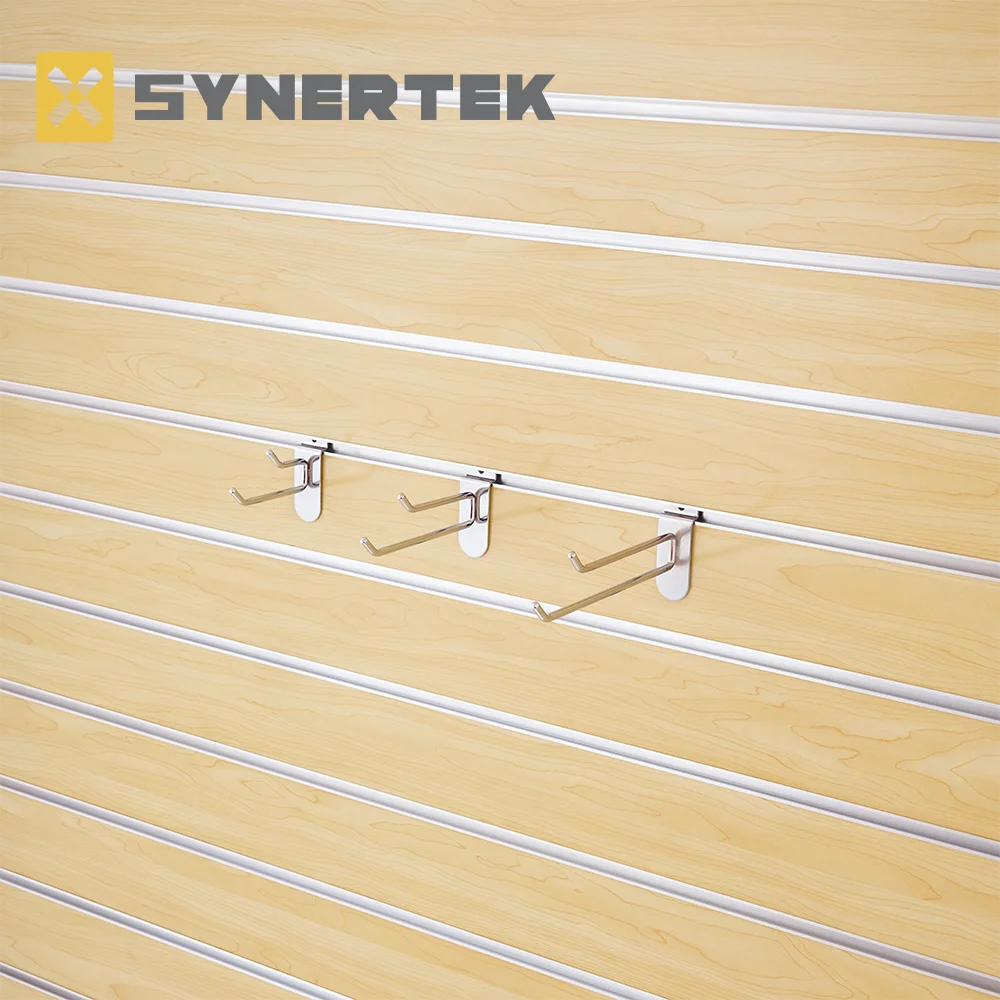Moisture intrusion through walls is a pervasive issue that can lead to significant structural damage, mold growth, and a host of health problems. Understanding how to effectively stop moisture from penetrating your walls is crucial for homeowners, builders, and property managers alike. This article delves into the multifaceted approaches to moisture control, providing practical solutions that are both innovative and grounded in industry best practices.
Understanding Moisture Intrusion
Before we explore the solutions, it’s essential to understand the mechanisms behind moisture intrusion. Moisture can enter walls through various pathways, including:
- Capillary Action: Water can be drawn up through porous materials like concrete and brick.
- Air Leakage: Humid air can infiltrate through cracks and gaps in the building envelope.
- Condensation: Warm, moist air can condense on cooler wall surfaces, leading to water accumulation.
- Rainwater Penetration: Direct exposure to rain can lead to water seeping through unprotected surfaces.
Comprehensive Strategies to Prevent Moisture Intrusion
- Proper Site Drainage
Effective site drainage is the first line of defense against moisture intrusion. Ensure that the grading around your property directs water away from the foundation. Installing French drains or surface drains can help manage excess water and prevent it from pooling near walls.
- Waterproofing Solutions
Applying waterproofing membranes is a proactive measure to prevent moisture penetration. These membranes can be applied to both the interior and exterior surfaces of walls. Here are some options:
- Liquid Waterproofing: This involves applying a liquid membrane that cures to form a seamless barrier.
- Sheet Membranes: These are pre-fabricated sheets that can be adhered to walls, providing a robust barrier against moisture.
- Seal Cracks and Gaps
Regularly inspect your walls for cracks and gaps, particularly around windows, doors, and joints. Use high-quality sealants or caulking to fill these openings. This not only prevents moisture ingress but also enhances energy efficiency by reducing air leakage.
- Vapor Barriers
In areas prone to high humidity, installing vapor barriers can be an effective strategy. These barriers are typically placed on the warm side of walls to prevent moisture-laden air from reaching cooler surfaces where condensation can occur.
- Insulation and Ventilation
Proper insulation plays a crucial role in temperature regulation within walls. Insulated walls reduce the likelihood of condensation forming on cold surfaces. Additionally, ensuring adequate ventilation in attics and crawl spaces helps to manage humidity levels, further reducing the risk of moisture intrusion.
- Use of Moisture-Resistant Materials
When constructing or renovating, consider using moisture-resistant materials. For instance, fiber cement siding, treated wood, and moisture-resistant drywall can significantly reduce the risk of moisture-related issues.
- Regular Maintenance and Inspections
Establish a routine maintenance schedule to inspect your property for signs of moisture intrusion. Look for peeling paint, mold growth, or musty odors, which can indicate underlying moisture problems. Early detection allows for timely intervention, preventing more extensive damage.
Advanced Techniques for Persistent Issues
For properties that experience chronic moisture problems, more advanced techniques may be necessary:
- Exterior Drainage Systems: Installing a comprehensive drainage system around the foundation can help manage groundwater levels.
- Dehumidification Systems: In particularly humid climates, consider installing a whole-home dehumidifier to control indoor humidity levels.
- Advanced Building Techniques: Techniques such as the use of rain screens or ventilated facades can provide additional protection against moisture intrusion.
Conclusion
Stopping moisture from coming through walls requires a multifaceted approach that combines proper construction techniques, regular maintenance, and the use of advanced materials and systems. By understanding the pathways of moisture intrusion and implementing these strategies, homeowners and property managers can protect their investments and ensure a healthy living environment. Remember, proactive measures are always more effective than reactive solutions when it comes to moisture management.





+ There are no comments
Add yours